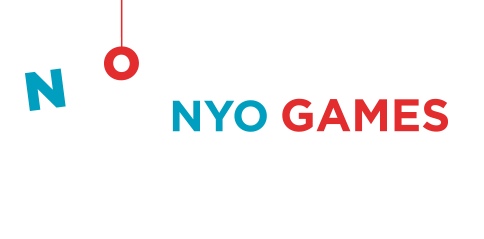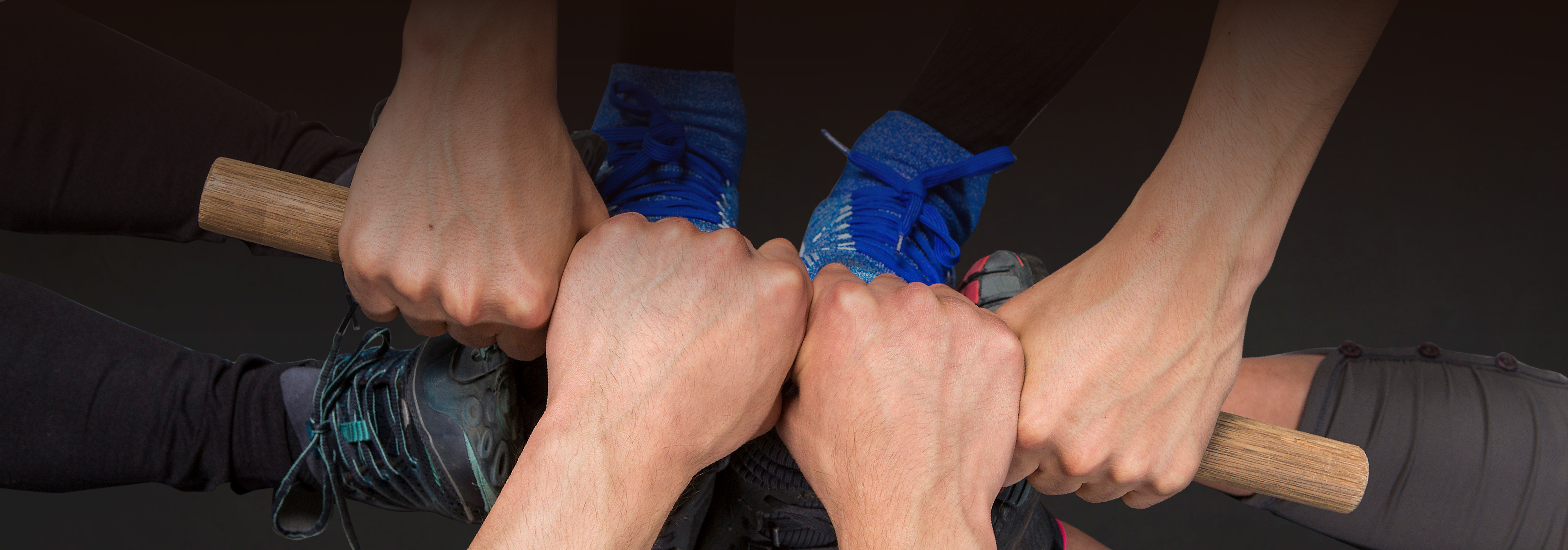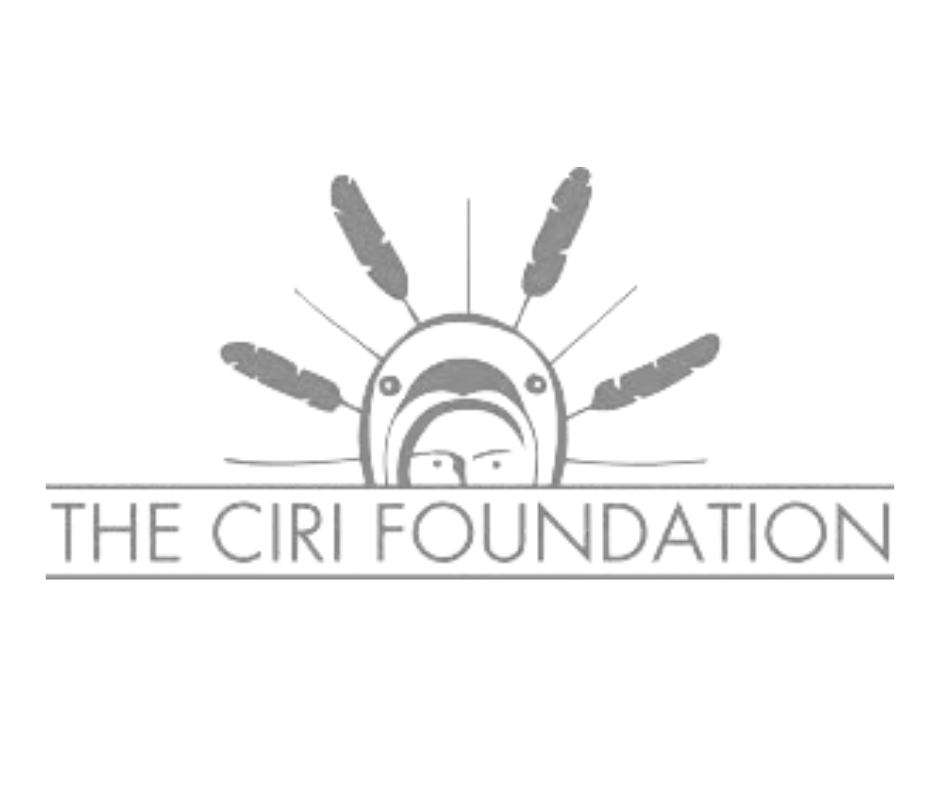COMPETITIVE EVENTS
For thousands of years and countless generations, survival for Alaska Native people depended not only on individual strength, skill and knowledge, but also on the ability to work together toward common goals.
Traditional athletic contests and games helped develop these and other skills critical to everyday life in the challenging Alaska environment. Today’s NYO Games Alaska carries on in this spirit by encouraging young people to strive for their personal best while helping and supporting their teammates—even other teams.
The NYO Games are open to all students and the public, as a way of sharing and celebrating Native traditions. For details and a step-by-step how-to video for each event, see the links below and watch each video.
* Senior Games only
**Junior Games only






